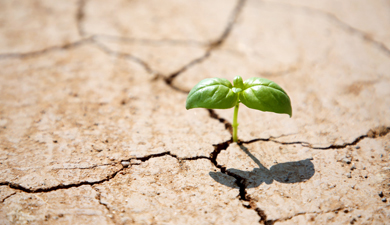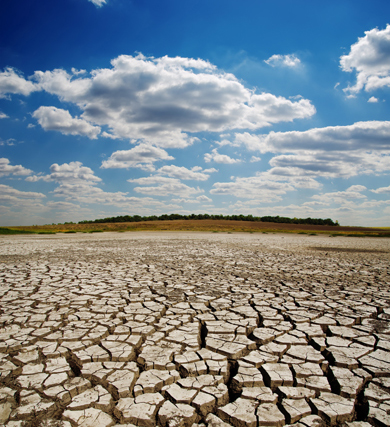Meteorological Drought
Meteorological drought is defined usually on the basis of the degree of dryness (in comparison to some “normal” or average amount) and the duration of the dry period. Definitions of meteorological drought must be considered as region specific since the atmospheric conditions that result in deficiencies of precipitation are highly variable from region to region.
Hydrological Drought
Hydrological drought is associated with the effects of periods of precipitation (including snowfall) shortfalls on surface or subsurface water supply
(i.e., streamflow, reservoir and lake levels, groundwater).
Agricultural Drought
Agricultural drought links various characteristics of meteorological (or hydrological) drought to agricultural impacts, focusing on precipitation shortages, differences between actual and potential evapotranspiration, soil water deficits, reduced groundwater or reservoir levels, and so forth.
Socioeconomic Drought
Socioeconomic definitions of drought associate the supply and demand of some economic good with elements of meteorological, hydrological, and agricultural drought. It differs from the aforementioned types of drought because its occurrence depends on the time and space processes of supply and demand to identify or classify droughts.
Ecological Drought
A more recent effort focuses on ecological drought, defined as "a prolonged and widespread deficit in naturally available water supplies — including changes in natural and managed hydrology — that create multiple stresses across ecosystems."

